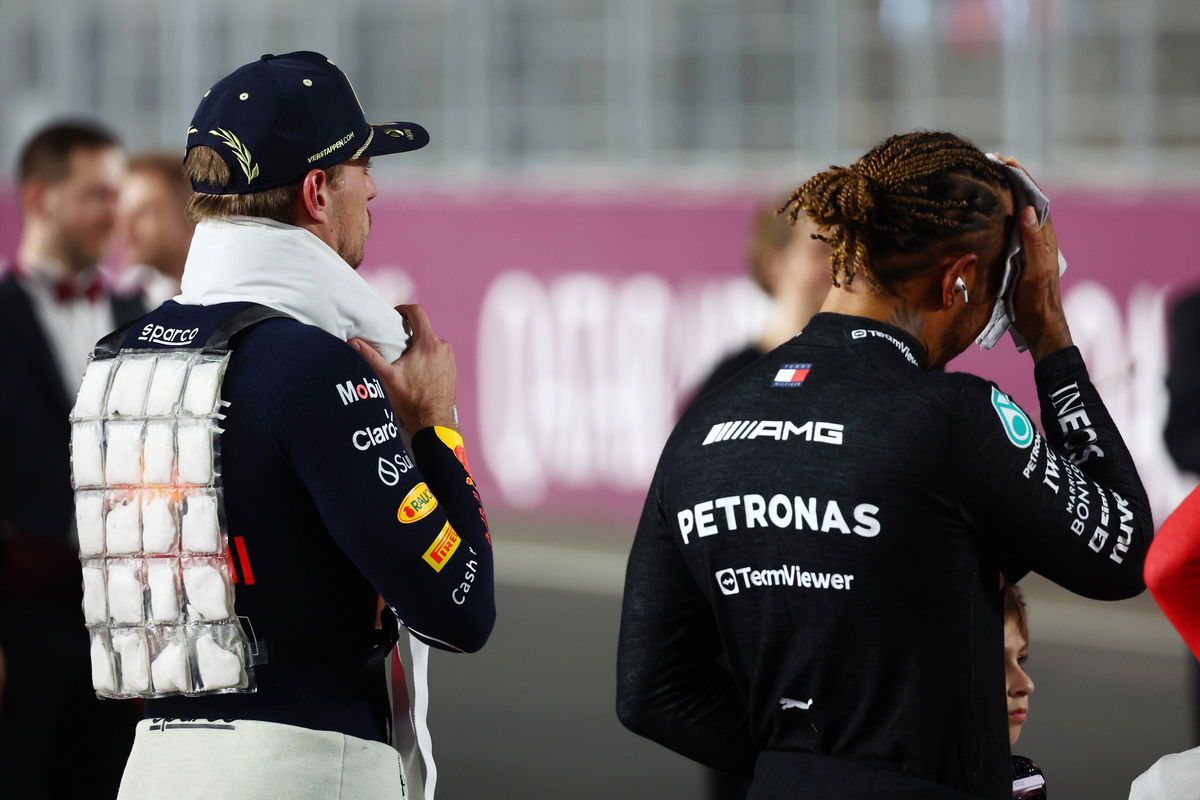

Changes will be made to the F1 technical regulations to encourage teams to run driver cooling systems in extreme heat.
This year’s Qatar Grand Prix caught the sport by surprise, with high temperatures prompting many drivers to brand it the most difficult race of their careers.
Coupled with high ambient temperatures, the drivers had no means of receiving cool air beyond the car itself moving.
However, enveloped in the cockpit, which is surrounded by hot electrical systems, and wearing a full race suit and helmet, that is far from trivial and has only limited effect.
That was highlighted in Qatar where Logan Sargeant was forced to stop while Alex Albon was taken to the medical centre post-race.
“Since Qatar, first of all, there’s been some analysis that’s been going on the climatic aspect of it,” explained Nikolas Tombazis, the FIA’s head of single seater.
That has seen the sport’s governing body consult with medical experts to understand “the correct parameters,” which are not only heat but also humidity, and a combination of the two.
“But there’s also some severity of tracks,” Tombazis added.
“Whether it’s a track with very heavy g-loading and so on like Qatar, or whether it’s a circuit with, generally speaking, slower corners like say Hungary where, even though sometimes it can be very hot, it’s never been as bad as we had in Qatar.
“So there’s some analysis there.”
Together with that analysis is the ability for teams to run a scoop, likely fitted on the underside of the survival cell, designed to channel airflow into the cockpit.
It is a concept that was approved by the FIA World Motor Sport Council in its most recent vote, which took place in Baku yesterday.
“That will improve the cooling in the cockpit,” reasoned Tombazis.
“That was a rejected idea from the teams previously, so that has now been approved.”
More is to come, however, with the FIA holding an intent to trigger an additional cooling package in certain conditions.
While products such as cool suits exist and are heavily used in GT and saloon car racing, they are not employed in F1 as teams are unwilling to carry the additional weight given its impact on performance.
In response, the FIA is looking to introduce rules to force them to do so.
“What we still haven’t put in as regulation but is a broad intention to have when the weather conditions exceed a certain level, to then get us, the FIA, to declare that the race is in those conditions and then to give an extra bit of weight for the cars – something like probably two kilos – which will be mandatory,” Tombazis revealed.
“And it’s mandatorily used for the purpose of cooling the driver.
“That will enable solutions such as cooling vests and these sorts of things to be fully investigated.
“We have wondered whether it would be best if we regulate what exactly would have to be fitted and we feel that if we start trying to standardise a system, the addendum and all of that would be quite a slow process.
“We feel if we give the teams, ‘you have two kilos, you must use it for this purpose’, it will be in their interest to do that because that will keep the drivers cool and focused and not lose any performance.”
Specifics are still being defined, but will likely see the mandatory weight be carried inside the cockpit to dissuade teams from attempting to use the system as ballast.





















Discussion about this post